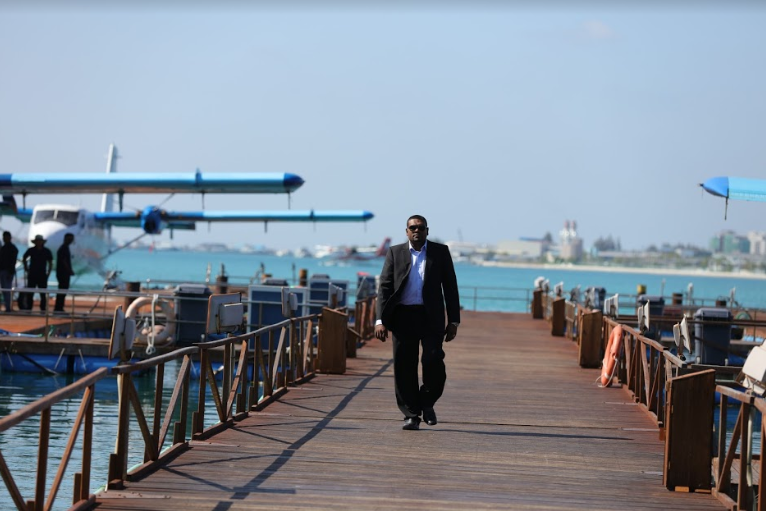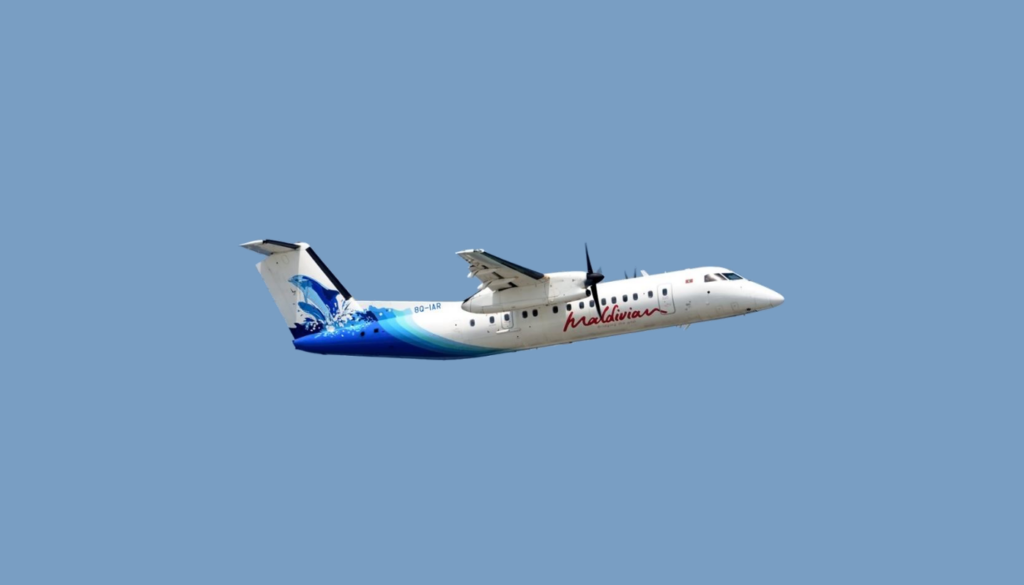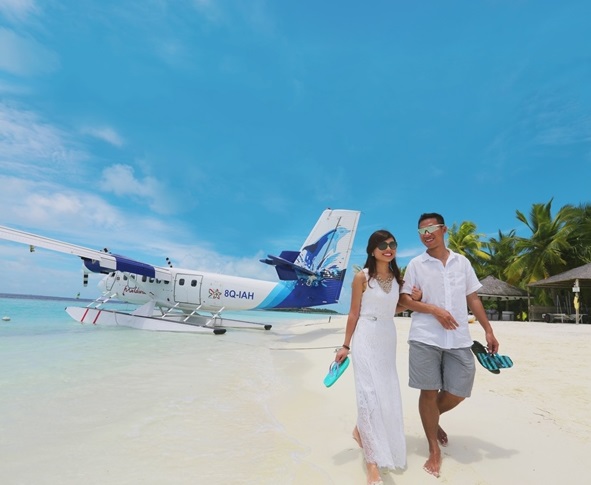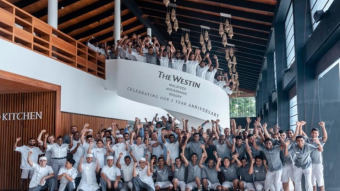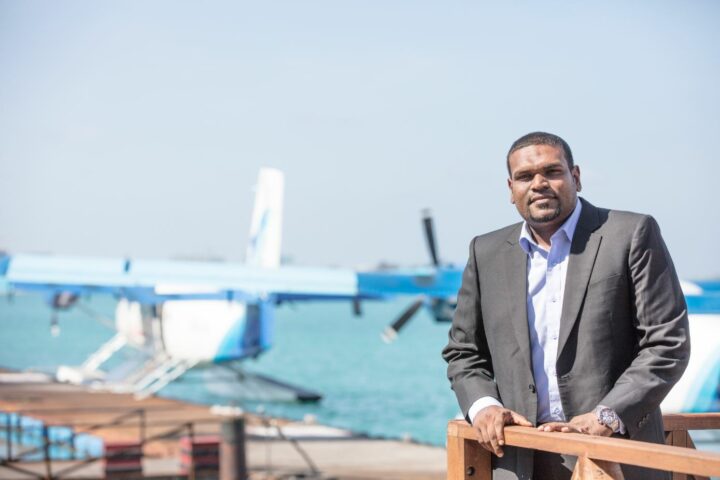
An Issue of Connectivity: Mohamed Rizvi, Managing Director, Maldivian
Scattered over an archipelago across the equator southwest of mainland India, the Maldives islands are iconic and acclaimed as the epitome of an idyllic holiday escape. The first sight to welcome you as the pilots initiate the landing sequence is unparalleled; endless tropical islands dotting the horizon, their white sandy beaches and endless hues of blue.
It is the perfect start to the absolute holiday. But what truly leaves a lasting memory is the next step in the guests’ journey; the short hop on a speedboat, domestic flight or seaplane on their way to their destination of choice. This connectivity between the main Velana International Airport (VIA) and the rest of the country is the backbone of Maldives’ hospitality industry; without which the industry would shatter, leaving it in shambles.
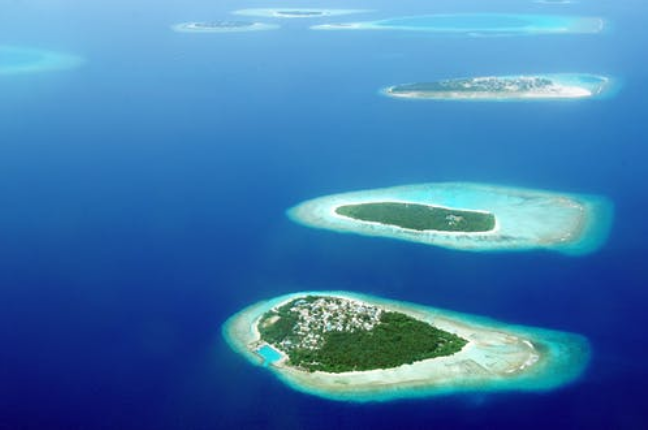
Maldivian—the national carrier operated under Island Aviation Services Ltd since 2000—continued operations to a growing number of domestic airports across the country, and later to overseas destinations. This growth of the air transport sector has had a tandem effect on the country’s tourism sector and continues to be so.
In this second of the four-part series, we feature an exclusive interview with Mohamed Rizvi, Managing Director, Maldivian.
Hotelier Maldives: With the expansion of the aviation industry, Maldivian—as the national carrier—has seen parallel growth. As the managing director of Maldivian, how do you perceive the status of the country’s aviation industry?
Mohamed Rizvi: The aviation industry in the Maldives is a price-sensitive and a competitive market. Aviation and tourism run in correlation to the growth of the tourism industry in the Maldives. As the national airline operates to all the airports in the country, it has led to the creation of numerous employment opportunities in several localities, while also contributing to foreign investment in the form of increased tourist arrivals.
HM: How is Maldivian catering to the market demand, and what are the policies in place to ensure persistency of your market share in an ever-competitive environment?
MR: We have seen parallel growth, alongside the expansion of the tourism industry. This is evident from the fact that our operations comprise of a fleet that can cater to international and domestic markets with jet, propeller and float aircrafts.
We believe that every level of development for our company is contributed by a trained, competent, and vibrant young workforce who has the aptitude and the technical knowledge of the aviation industry. This team—our backbone—has invested years of experience to make our operations a success.
HM: What started out initially with three aircraft, today serves using three types of aircrafts. As the number of tourist movements across the country grows with the expansion of the industry, what are your expansion plans?
MR: The airline started with one Dornier and two Dash 8 aircraft and gradually have grown its fleet. Today we have 23 aircraft in the fleet; two Airbuses, 10 Dash 8 aircraft and 11 seaplanes. In the last few years, we have started jet operations, expanded our operations to India and China, and have introduced float operations. We have increased our fleet fivefold.
We plan to increase our fleet size and operate to other destinations to remain competitive and to tap untouched markets. As the flag carrier of the country, there is massive scope for growth and we are constantly studying routes and avenues to better serve our customers and partners and specifically monitor the tourism development of the country.
HM: Human resources development is a big part of the airline industry. With the emergence of new players in the market, how do you retain your valuable staff?
MR: Our goal is to create and build local aviation professionals with the right expertise and to ensure that as the national airline of the country we are contributing to the community and the economy. We are relying on continuous innovation to keep ahead of the competition; as part of some of the changes that are taking place, we are concentrating on automating some of the functions to improve efficiency and develop infrastructure to provide a better work environment for our staff. We are also taking numerous steps for staff development in technical areas and also reviewing their benefits packages.
HM: With your experience in the aviation industry, how do you foresee the future of this industry? Do you believe the increased competition has had a positive and healthy impact on your company?
MR: Initially, tourism was mostly concentrated in and around Malé Atoll, and our goal was to establish a strong network that allows the expansion of tourism to all parts of the country ensuring equal development. Our mission has always been to connect the islands.
Consequently, this has led to economic development in rural areas in terms of employment opportunities, ease of medical tourism, agriculture, and all other aspects of development. This connectivity has had a positive impact in the country and it is evident from the changes we see today. The Maldives is a very small market, and while competition is healthy, Maldivian’s role is vital in connecting the inter islands and supporting the tourism sector.
